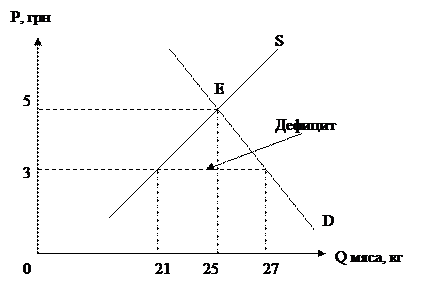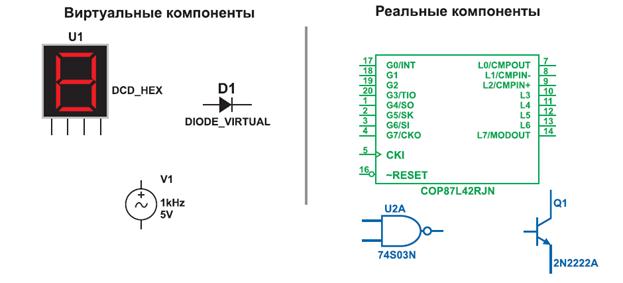Education in Great Britain
Approximately 8.5 million children attend 30,000 state schools in England and Wales. In Scotland, 830,000 children attend about 5,000 schools including pre-schools and other special education schools. And, 1,300 state schools can be found in Northern Ireland with 350,000 children attending. The relevant education departments in England, Scotland and Wales dispense funding for schools through a Local Education Authority (or Education Authority in Scotland). In Northern Ireland, schools are largely financed from public funds through five Education and Library Boards. The majority of pupils – over 90% – go to publicly funded schools, usually known as state schools. Primary schools usually have both girls and boys as pupils. Secondary schools may be either single-sex or co-educational. Full-time education is compulsory for all children between the ages of 5 and 16. Over 90% of all schoolchildren attend schools maintained from public funds. There are some nursery schools for children between 2 and 5 years old, but their number is insufficient. Primary education is given to children between the ages of 5 and 11. Primary schools are usually divided into infant schools for children between the ages of 5 and 7, and junior schools for children aged 7 to 11. The usual time of transfer from primary to secondary school is 11. Till recently, most junior schoolchildren had to sit for the eleven-plus examination (Secondary Selection Examination). It was important, for it decided what kind of secondary school the child would attend. The selective procedure, though generally abolished, is still preserved in some areas. Secondary education is provided through grammar schools, comprehensive schools and secondary modern schools. Pupils at grammar schools remain there until 18 or 19 years old, especially if they want to go on to university. Secondary modern schools give a general education with a practical bias. It is common for more time to be given to handicrafts, domestic sciences and other practical activities than in grammar schools. Secondary school pupils may take examinations leading to the Certificate of Secondary Education (CSE) or the General Certificate of Education (GCE). Higher education (education beyond the secondary stage) comprises: (1) universities; (2) teacher training; (3) advanced courses in further education. The universities are self-governing institutions, academically independent of the Department of Education and Science. The basic qualification for university admission is the GCE at “A” level, but applications for places at universities exceed the number available. Therefore entry to the universities is competitive: the candidates who have been most successful in their “A” levels, or who make a good personal impression are usually accepted by the universities. Over 90% of students in higher education are aided from public funds. The amount of the awards depends on the income of the student and his parents. Students who are studying for a degree are called undergraduates. Those who have passed their examinations and have been awarded a degree are graduates. Most universities differentiate between arts and science titles, and award the degrees of Bachelor of Arts (B.A.), Bachelor of Science (B.Sc.), Master of Arts (M.A.), and Master of Science (M.Sc.). The abbreviations of these titles are put after a person’s name. Text B
|




